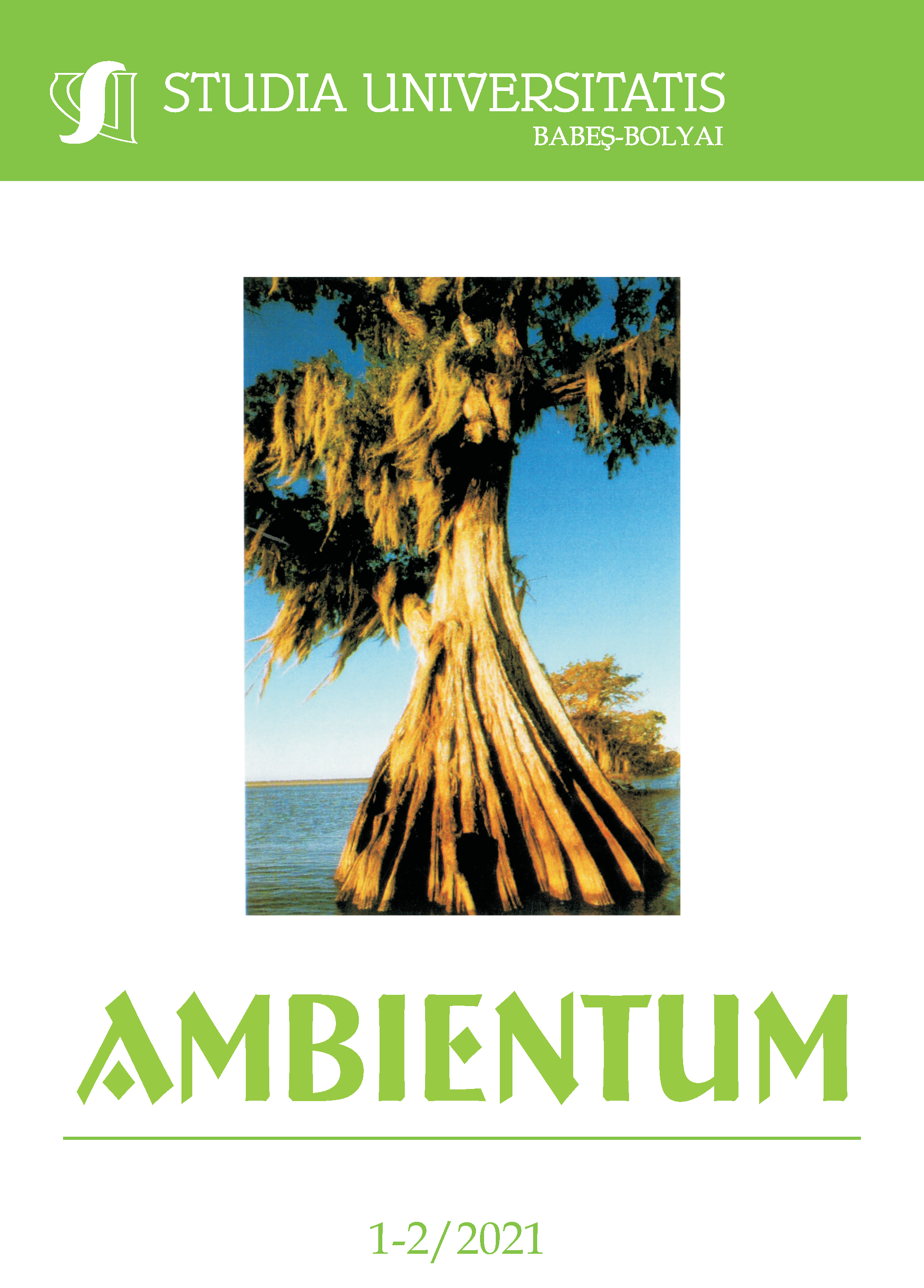THE INFLUENCE OF LANDFORM IN THE DISTRIBUTION OF HOUSEHOLDS OF ILVA MICĂ TERRITORIAL ADMINISTRATIVE UNIT
DOI:
https://doi.org/10.24193/subbambientum.2021.05Keywords:
altitude, slope, aspect, household, distribution.Abstract
In the case of territorial administrative units located in hilly and mountainous lands, landform, through its morphometric parameters, is a variable that introduces significant differences in the distribution of households. A similar situation is the case of the Ilva Mică commune, where, due to its position at the border between the Eastern Carpathians and the Transylvanian Basin, the landform is extremely varied. Among the parameters of the landform taken into consideration for tracking the distribution of households, the following parameters stand out: altitude, slope and slope aspect. The results show that as the development of Ilva Mică took place, favorable lands were used for building households along with less favorable areas located at altitudes higher than the average altitude of the commune (704 m) and with slopes higher than 17°. This occurred both because of lack of space and of economic reasons, such as the land use for livestock.References
Bathrellos G. D., 2007, An Overview in Urban Geology and Urban Geomorphology, Bulletin of the Geological Society of Greece. Proceedings of the 11th International Congress, Athens, Greece, XXXX, pp 1335-1337.
Dhakal A.S., Amada T., Aniya M., 2000, Landslide Hazard Mapping and Its Evaluation using GIS: An Investigation of Sampling Schemes for a Grid-cell Based Quantitative Method. Photogrammetric Engineering & Remote Sensing, 66 (8), pp. 981–989.
Gupta A., Ahmad R., 1999, Geomorphology and the Urban Tropics: Building an Interface between Research and Usage. Geomorphology, 31, pp 133-149.
Jakab S., 1979, Asimetria versanților din Dealurile Târnavei Mici şi ale Nirajului, Trav. Station „Stejarul”. Geologie-Geografie Series, 7, pp. 23-33.
Petrea R., 1998, Dimensiunea geomorfologică în dezvoltarea și estetica urbană a orașelor mici din Dealurile de Vest (sectorul dintre Barcău și Crișul Negru), University of Oradea Publishinghouse.
Pop G., 2001, Depresiunea Transilvaniei, Cluj University Press, Cluj-Napoca.
Pop G., 2006, Carpații și Subcarpații României, 2nd edition, Cluj University Press, Cluj-Napoca.
Poszet S. L., 2017, Studiu de geomorfologie aplicată în zona urbană Cluj-Napoca, Scienția Press, Cluj-Napoca.
Roșian G., 2020, Relieful din Depresiunea Transilvaniei, Universitară Clujeană Press, Cluj-Napoca.
Roșian G., Maloș C., Muntean O. L., Mihăiescu R., Dobrei G., 2016, Geomorphological Constraints in the Urban Development of the Gruia District in Cluj-Napoca. Studia UBB Ambientum, 61 (1-2), pp 119-127.
Downloads
Published
How to Cite
Issue
Section
License
Copyright (c) 2022 Studia Universitatis Babeș-Bolyai Ambientum

This work is licensed under a Creative Commons Attribution-NonCommercial-NoDerivatives 4.0 International License.





 ISSN (online): 2065-9490 | ISSN (print): 1843-3855 | ISSN-L: 2065-9490
ISSN (online): 2065-9490 | ISSN (print): 1843-3855 | ISSN-L: 2065-9490